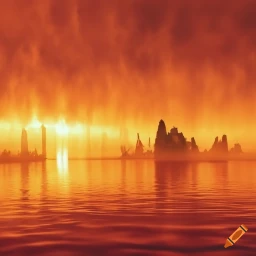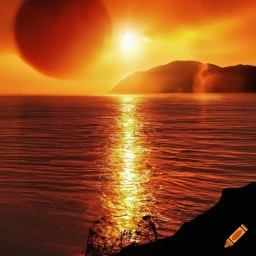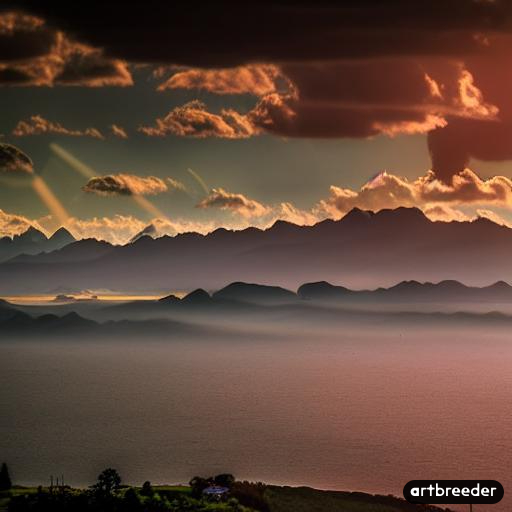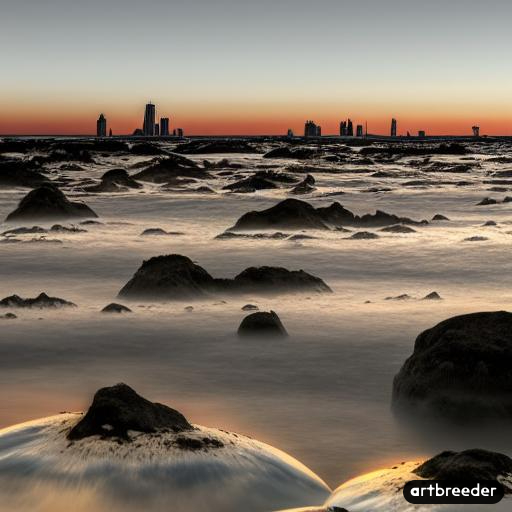The Sun does not burn out.

The Sun is a star that primarily generates energy through nuclear fusion reactions involving hydrogen and helium.

In this process, hydrogen in the Sun’s core converts into helium, releasing a tremendous amount of energy.

According to our current scientific understanding, the Sun is expected to continue supplying energy for billions of years.

I have created an imaginary image based on the phrase “Scenery of the world just before the sun burns out”.
太陽が燃え尽きる直前の世界の風景

However, over time, the nuclear fusion reactions in the Sun will gradually progress, leading to a decrease in the supply of hydrogen and an accumulation of helium.


This process is known as stellar evolution, and eventually, the Sun will expand into a red giant, shedding its outer layers.


Afterward, it will become a white dwarf, gradually cooling down while radiating its remaining thermal energy. However, this entire process takes billions of years to unfold, making it a far-distant event from the perspective of our current civilization.


When the Sun burns out, several processes will occur:

As the Sun runs out of hydrogen fuel for nuclear fusion, energy generation will cease. At this stage, the Sun will become a red giant, expanding its outer layers.

Red giants are significantly larger and will expand their outer layers due to the internal heat, releasing material into space.

Eventually, the Sun will shed its outer layers, leaving behind a white dwarf, a dense core mainly composed of helium.

White dwarfs are highly dense and will gradually cool down. However, they primarily lose energy through radiation, slowly cooling over time.

Ultimately, the Sun will become cold and no longer emit light, entering a state known as a “black dwarf.” Black dwarfs take an incredibly long time to cool down, with estimates ranging in the trillions of years.

However, it’s important to note that the timescale for the Sun to burn out is extremely long, spanning billions of years, making it a far-distant event for our current civilization.
